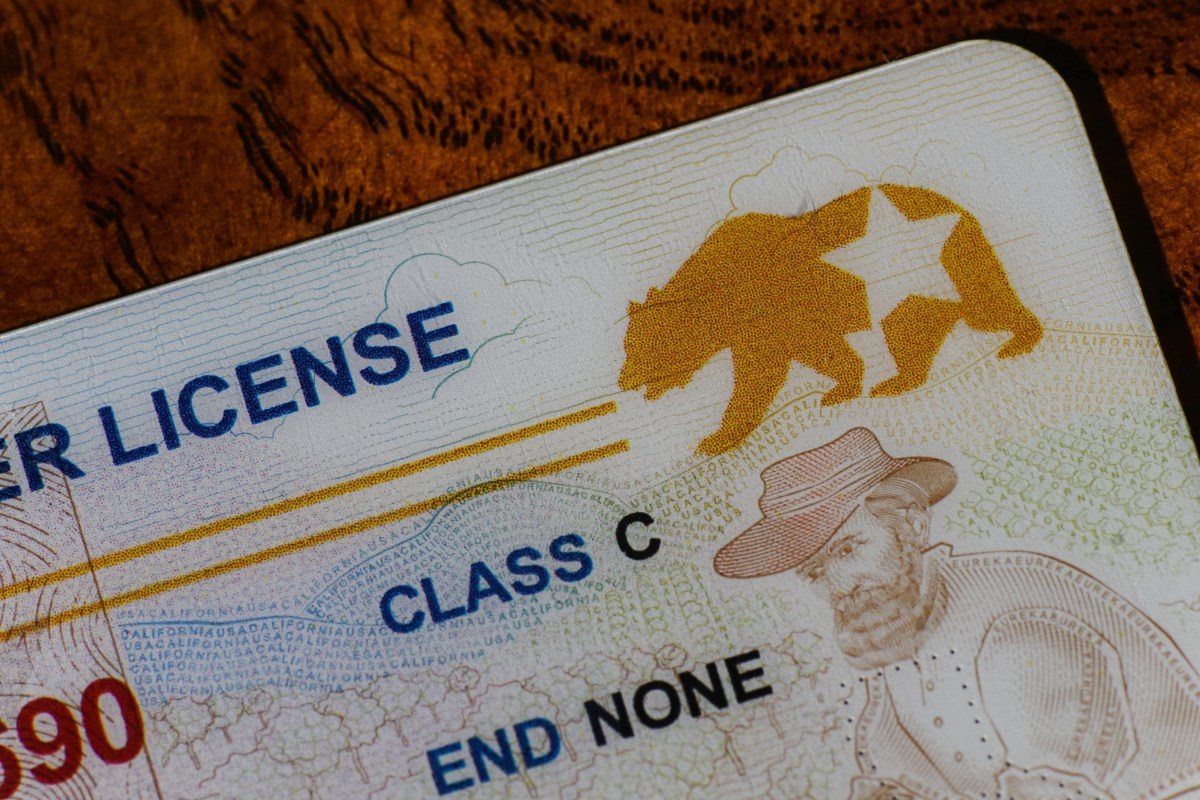Understanding the Real ID Act: A Comprehensive Guide for U.S. Travelers
As the United States approaches the enforcement of the Real ID Act, it’s imperative for travelers to comprehend the upcoming changes and prepare accordingly. This article delves into the intricacies of the Real ID Act, its implications for domestic travel, and the steps necessary to ensure compliance.
What Is the Real ID Act?
Enacted in 2005, the Real ID Act establishes minimum security standards for state-issued driver’s licenses and identification cards. The legislation was a response to the security concerns following the September 11 attacks, aiming to enhance the reliability and accuracy of state-issued identification documents.
Upcoming Enforcement Deadline
The Department of Homeland Security (DHS) has set May 7, 2025, as the deadline for full enforcement of the Real ID requirements. After this date, individuals will need a Real ID-compliant license or an acceptable alternative form of identification to:
- Board federally regulated commercial aircraft for domestic flights.
- Access certain federal facilities and military bases.
It’s crucial to note that this deadline has been postponed multiple times, with the most recent extension announced in December 2022. Travelers should stay informed about any further changes to the enforcement date.
Identifying a Real ID-Compliant License
A Real ID-compliant license typically features a star in the upper right corner. The design of this star may vary by state, but its presence indicates compliance with federal standards. For instance, California’s Real ID includes a white star within a gold bear, while other states may use a gold or black star.
Obtaining a Real ID: Required Documentation
To acquire a Real ID, applicants must visit their state’s Department of Motor Vehicles (DMV) in person and present specific documents. While requirements can vary by state, the general documentation includes:
- Proof of Identity: Such as a valid passport or a certified copy of a birth certificate.
- Proof of Social Security Number: A Social Security card, W-2 form, or pay stub displaying the full number.
- Proof of Residency: Two documents showing the applicant’s current address, like utility bills or lease agreements.
It’s advisable to consult your state’s DMV website for a detailed list of acceptable documents and any additional requirements.
Alternative Forms of Identification
For those who choose not to obtain a Real ID, alternative forms of identification will still be accepted for domestic air travel and accessing federal facilities. These include:
- U.S. Passport or Passport Card
- DHS Trusted Traveler Cards (Global Entry, NEXUS, SENTRI, FAST)
- U.S. Military ID
- Permanent Resident Card
- Federally Recognized Tribal Photo ID
Travelers should ensure these documents are valid and readily available when needed.
Implications for Travelers
Failure to present a Real ID-compliant license or an acceptable alternative after the enforcement date may result in denied boarding for domestic flights or restricted access to federal facilities. To avoid such inconveniences, it’s recommended to obtain a Real ID well before the deadline.
State-Specific Considerations
While all states are working towards compliance, the process and requirements can differ. Some states offer Enhanced Driver’s Licenses (EDLs), which not only meet Real ID standards but also allow land and sea travel to certain countries without a passport. It’s essential to check with your state’s DMV for specific options and requirements.
Preparing for the Transition
To ensure a smooth transition:
- Verify Your Current ID: Check if your current driver’s license or ID has the Real ID-compliant star.
- Gather Necessary Documents: Collect all required documents ahead of your DMV visit.
- Schedule an Appointment: Many DMVs offer appointment systems to reduce wait times.
- Stay Informed: RegularlSee more The Buzz Live

